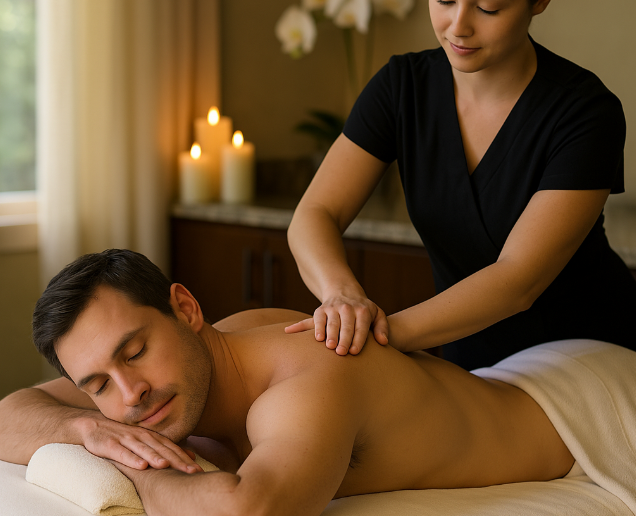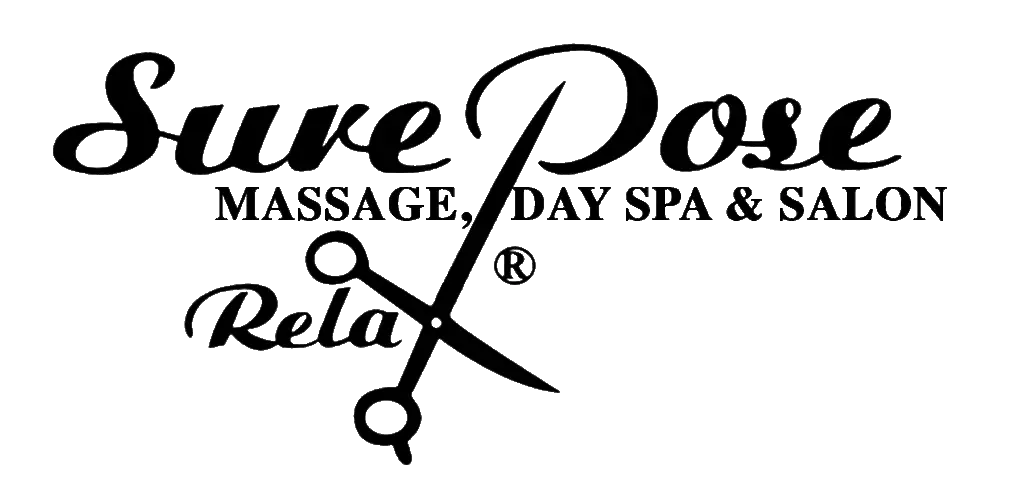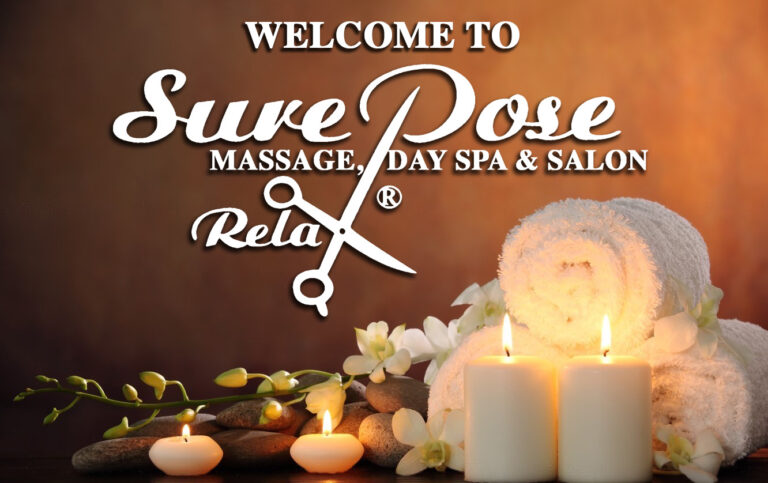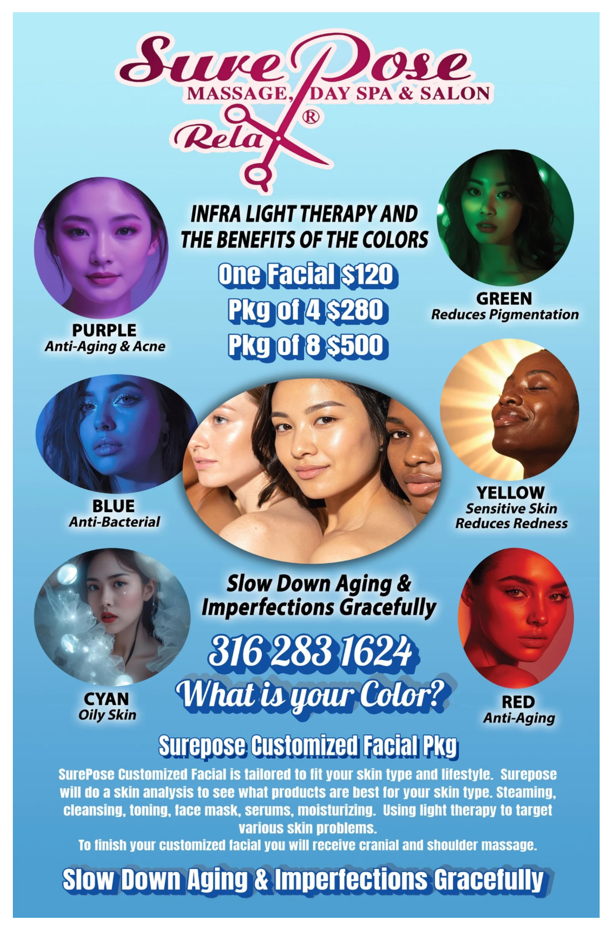
Author: SurePose Staff / 01 October 2025 / 8 min. read
Chronic shoulder pain can drain your energy, interrupt sleep, and make simple movements feel overwhelming. Whether discomfort started after an overuse injury, long hours at a desk, or conditions like arthritis and impingement, consistent relief requires more than a quick fix. Massage therapy offers a non-invasive path that helps calm pain, restore motion, and support whole-body relaxation—proof that relaxation doesn’t cost, it pays in better function, mood, and quality of life.
At SurePose, licensed massage therapists tailor every session to the way your shoulder moves and feels today. We assess posture, movement patterns, and tenderness, then blend pressure, pace, and techniques to target pain drivers—tight soft tissue, protective muscle guarding, and stress-amplified sensitivity. That customization is key: the right combination of strokes and sustained pressure can ease trigger points, untangle adhesions, and encourage a calmer nervous system so muscles let go and joints move freely.
You should expect benefits on several fronts. First is pain relief. Focused manual work reduces active trigger points that refer pain into the shoulder and upper arm, and it interrupts the guard–spasm cycle that keeps tissue tense. Second is mobility. As fascia and muscle layers glide more easily, you’ll typically notice smoother abduction, less catching with overhead reach, and more comfortable rotation for tasks like dressing, lifting, and driving. Third is circulation. Increased local blood flow brings oxygen and nutrients while moving metabolic by-products out, supporting natural tissue repair. Finally, there’s stress regulation. A well-paced session shifts the body toward parasympathetic “rest and digest,” lowering perceived pain while improving sleep and overall resilience.
Our therapists draw from multiple methods and combine them as needed. Swedish massage sets a foundation with long, rhythmic strokes that warm tissue and settle the nervous system. Deep tissue adds slower, specific pressure through the deeper layers to dismantle stubborn knots without forcing the tissue. Trigger point therapy applies deliberate, tolerable compression to points that reproduce your familiar ache, then slowly releases as the tissue softens. Myofascial release uses gentle, sustained holds to ease restrictions in the fascial network that limit shoulder glide. For active clients, sports-inspired techniques coordinate focused friction and lengthening to help the rotator-cuff complex recover from repetitive strain. When nerve irritation contributes to symptoms, neuromuscular techniques target tender bands that influence nerve pathways, aiming to reduce referral and restore easy movement.
There is sound science behind these results. Massage can dampen overactive sympathetic drive and facilitate a parasympathetic shift, which reduces pain amplification and muscle guarding. At the tissue level, mechanical pressure helps remodel adhesions and improves the slide between muscle and fascia so motion becomes less restricted. Better local circulation supports recovery by delivering nutrients and moving inflammatory mediators. Psychologically, supportive touch and intentional breathing reduce stress and anxiety—powerful, well-documented amplifiers of chronic pain. Together, these effects help the shoulder move with less resistance and the brain interpret signals with less alarm.
For best outcomes, consistency matters. Many clients with chronic shoulder pain do well with weekly sessions for the first month to calm irritation and restore mobility, then taper to every two to four weeks for maintenance. Session length depends on your presentation: a 60-minute focused appointment often addresses the shoulder, neck, and upper back patterns that feed one another; a 90-minute session allows deeper work with generous time for the nervous system to settle. Between visits, simple home care—gentle mobility drills, warm showers, mindful posture breaks, and light self-massage—extends results without overloading recovering tissue.
Your first visit at SurePose includes a detailed intake to understand history, medications, and red-flag symptoms. We discuss pressure preferences, draping, and goals so you remain comfortable and in control. During the session, we’ll check in about tenderness and adjust technique in real time. Afterward, expect hydration guidance, normal soreness windows, and practical movement tips tailored to your day-to-day demands. If you are under medical care or working with a physical therapist, we can coordinate your massage plan so hands-on work complements therapeutic exercise and clinician guidance (this will need to be arranged in advance of the initial appointment).
If chronic shoulder pain has been limiting your reach—literally and figuratively—massage therapy can help you move, rest, and perform with less resistance. Because relaxation doesn’t cost, it pays, especially when it’s targeted, professional, and consistent.
Ready to move without the constant shoulder nag? Book with SurePose today and let our licensed therapists tailor a plan that fits your body and your goals.



